Caught on Camera: Our wildlife neighbors
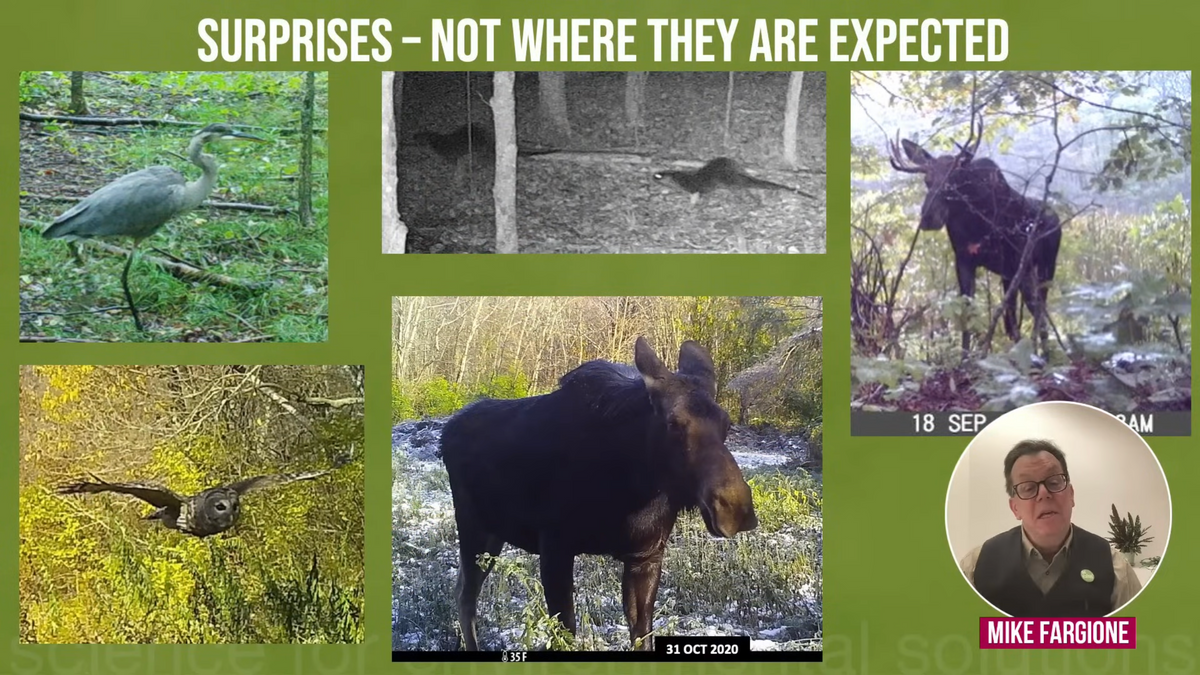
Clockwise from upper left: Wildlife more rarely caught by trail cameras at Cary Institute of Ecosystem Studies: great blue heron, river otters, a bull moose, presenter and wildlife biologist Michael Fargione, a moose cow, and a barred owl.
Cary Institute of Ecosystem Studies
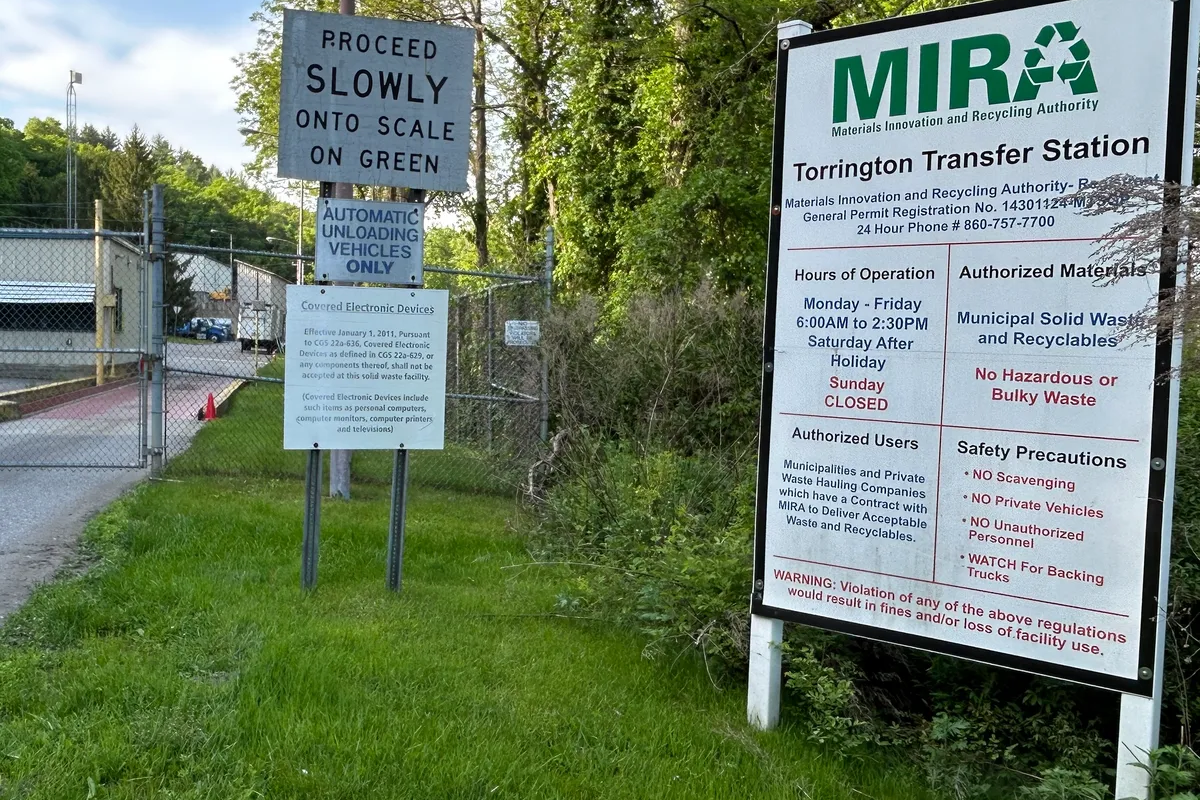
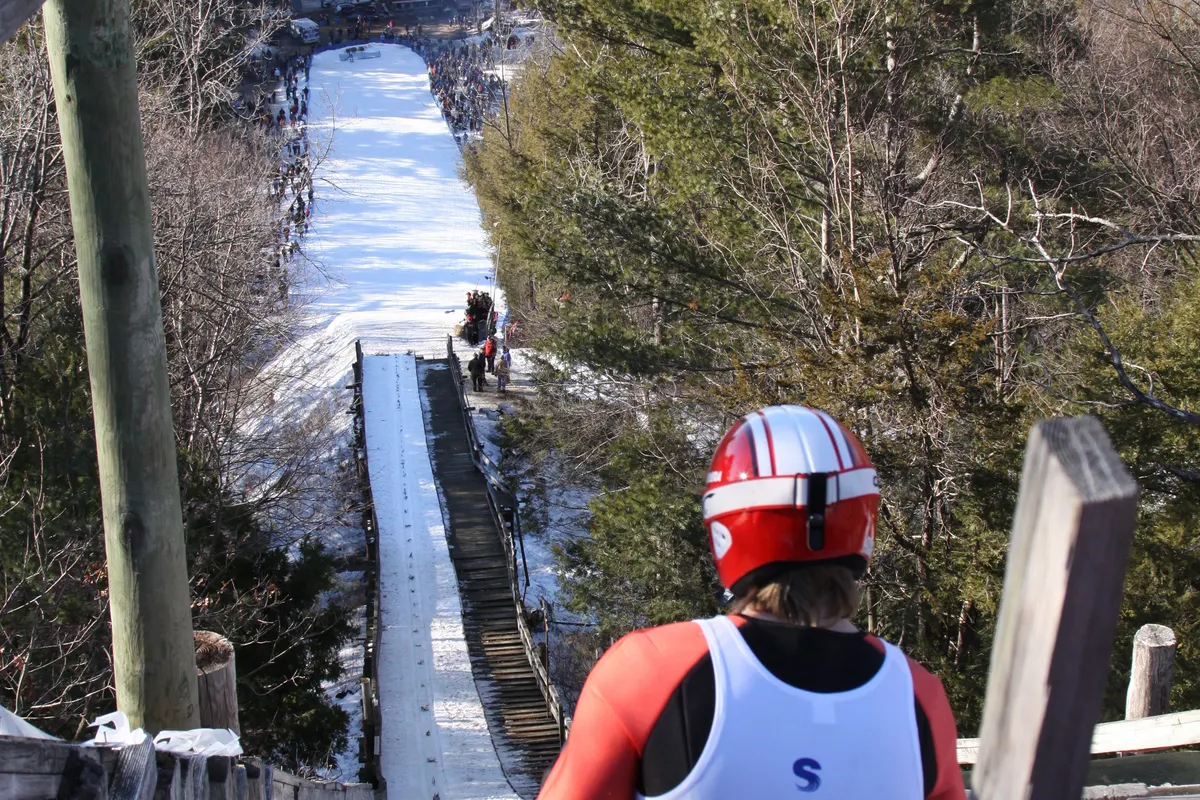
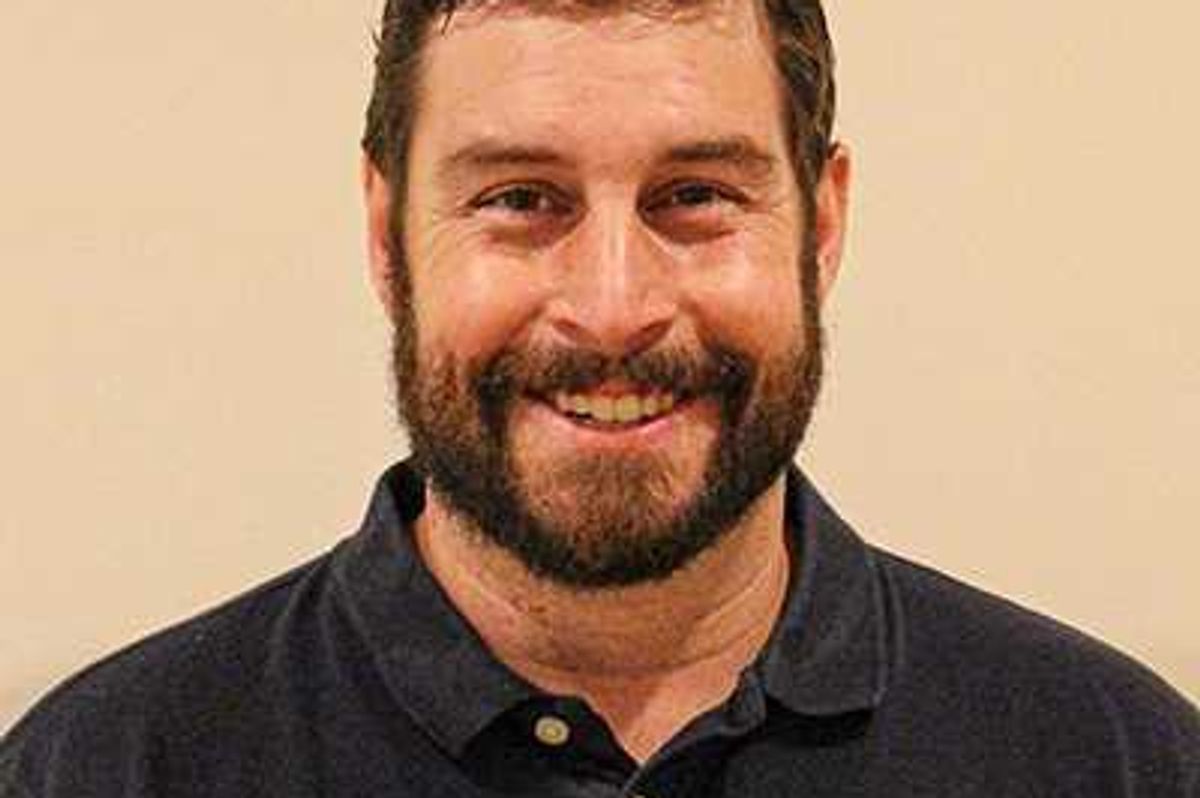
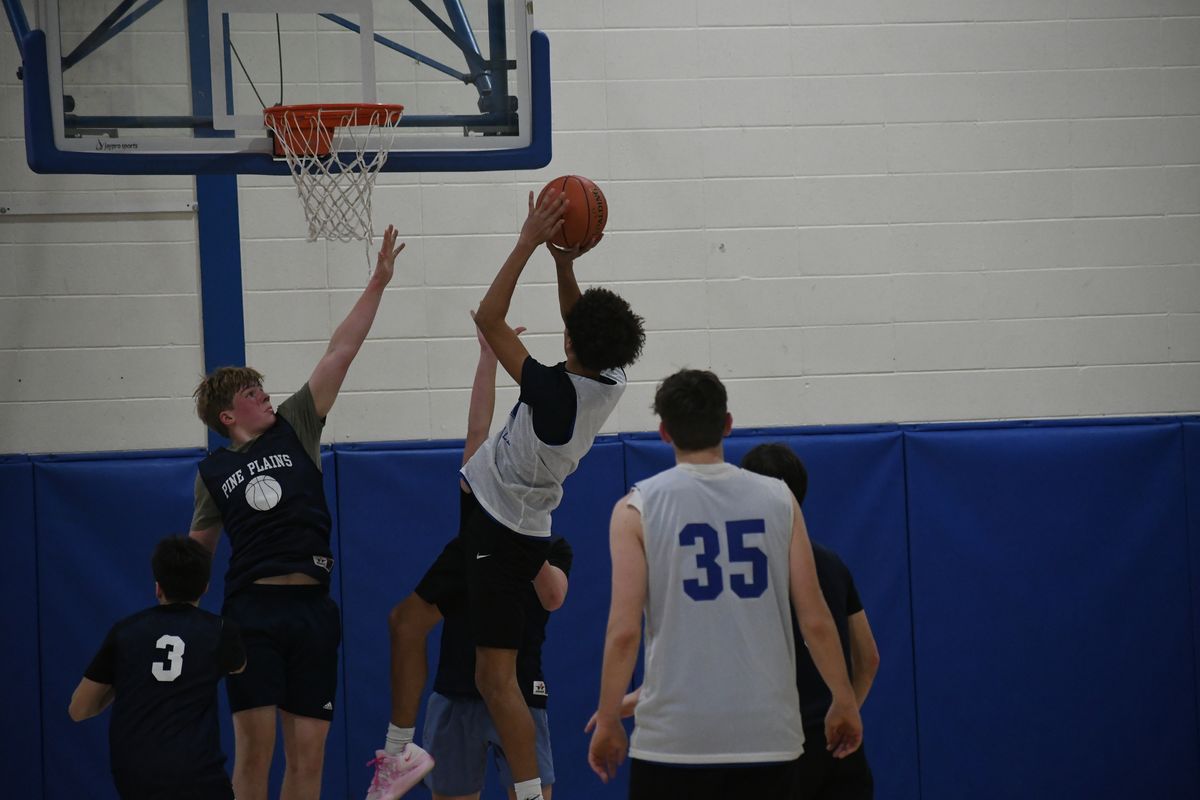
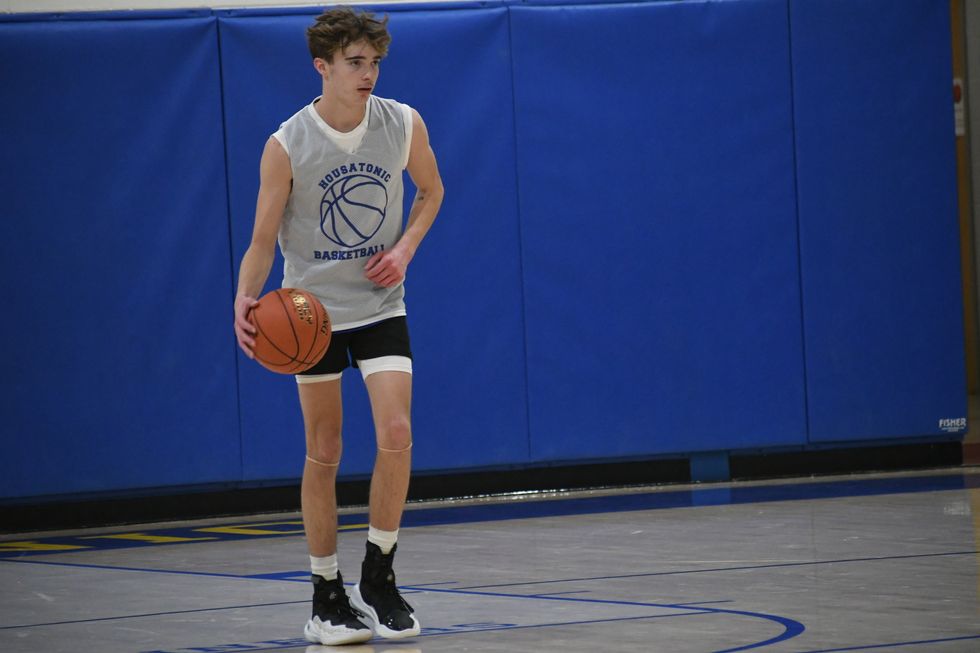 Nick Crodelle dribbles the ball up the court during the game.
Nick Crodelle dribbles the ball up the court during the game.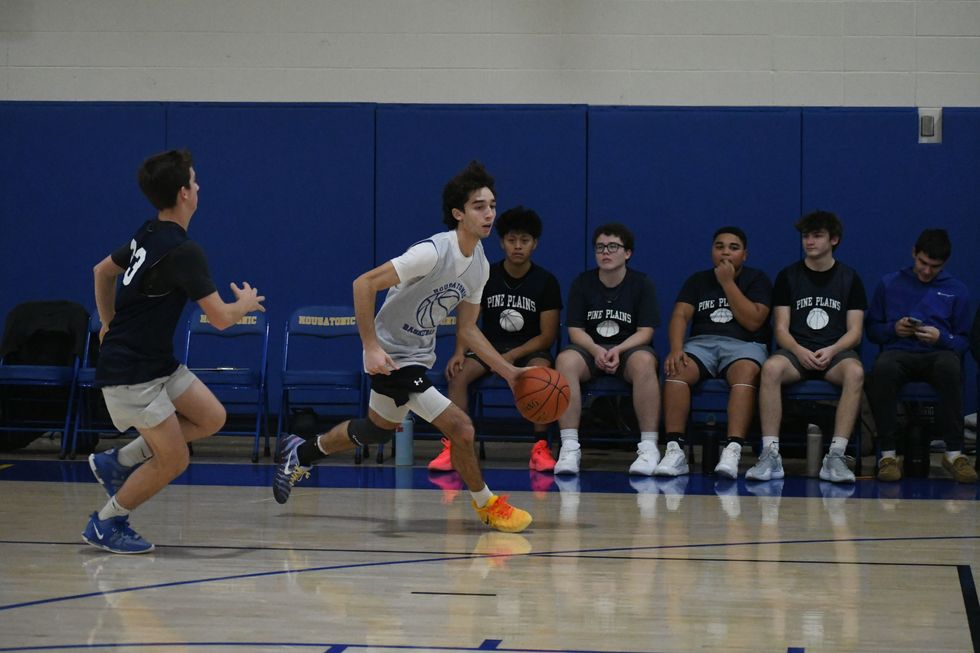 Anthony Labbadia
Anthony Labbadia Owen Riemer block By Riley Klein
Owen Riemer block By Riley Klein 



